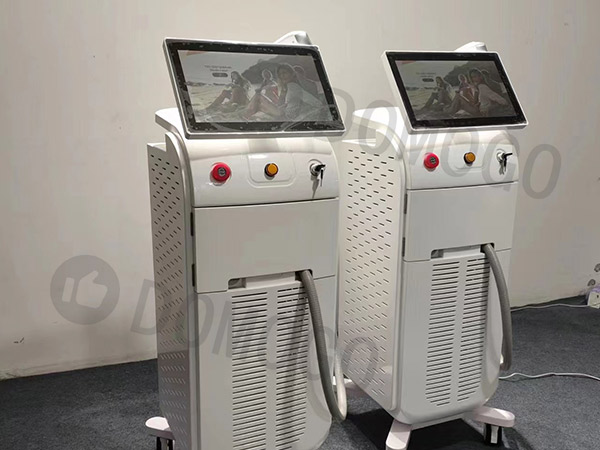The global medical aesthetics industry is witnessing a transformative surge in demand for laser hair removal technologies, driven by advancements in device efficacy, rising disposable incomes, and shifting beauty standards. With projections indicating the market will skyrocket from 1.0 billion in 2023 to 7.7 billion by 2035 at an 18.3% CAGR, laser hair removal is cementing its position as a cornerstone of non-invasive cosmetic care.
Cutting-edge laser systems, such as diode, Alexandrite, and Nd:YAG lasers, are redefining precision and safety. These devices now cater to diverse skin types and hair textures, minimizing side effects like skin irritation through integrated cooling technologies. A standout innovation is the ECHO laser system, launched in 2024 by Powered by MRP, which uses breakthrough BSL Technology to deliver homogenous energy for faster, more effective treatments across all skin tones. Concurrently, the rise of at-home laser devices, such as the FDA-cleared Current Body Skin Laser Hair Removal Device, offers consumers affordable, clinic-quality results with 80% hair reduction in just four weeks.
North America currently leads the market, attributed to high adoption rates in clinics and medical spas. However, Asia-Pacific is poised for the fastest growth, fueled by increasing disposable incomes, medical tourism, and booming aesthetic industries in South Korea, China, and India. Notably, 93% of users reported satisfaction with at-home devices, reflecting a global shift toward convenience and personalized care.

While women remain the primary adopters (dominating the 30–54 age group), male consumers are increasingly opting for laser treatments to address grooming needs. Clinics continue to dominate as end-users, but the proliferation of portable devices is democratizing access, with IPL (intense pulsed light) systems offering cost-effective alternatives. Despite IPL's broader light spectrum, clinical-grade lasers remain preferred for their precision and permanence, particularly for darker skin tones.
High device costs and regulatory barriers persist, especially in emerging markets. However, manufacturers are addressing these hurdles through R&D investments in affordable, portable systems. Industry experts also emphasize the growing integration of AI and regenerative medicine to enhance treatment personalization and efficacy.
As consumer demand for non-invasive, long-term beauty solutions accelerates, laser hair removal technologies are poised to reshape the aesthetics landscape. With innovations bridging clinic and home use, the sector is set to unlock unprecedented growth, empowering individuals worldwide to achieve their aesthetic goals with confidence and convenience.